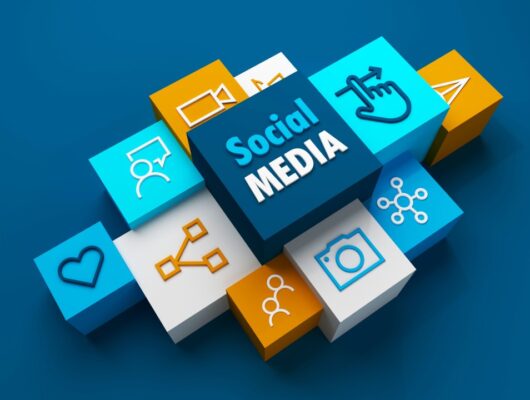Live streaming has revolutionized the way we consume and share content, bringing people together from all corners of the globe in real-time.
This technology has grown exponentially in recent years, permeating various aspects of our lives.
In this article, we will explore the world of live streaming, its evolution, and its impact on entertainment, communication, and beyond.
The Live Streaming Phenomenon
Live streaming refers to the process of broadcasting video or audio content in real-time over the internet.
It has gained widespread popularity thanks to platforms like Facebook Live, YouTube Live, Twitch, and Periscope.
Live streaming is not limited to personal vlogs or gaming sessions; it has expanded to include concerts, sports events, conferences, and much more.
Entertainment and Social Connection
- Gaming: Platforms like Twitch have turned gaming into a global spectator sport. Gamers can live stream their gameplay, interact with their audiences, and even earn a living from donations and sponsorships.
- Music: Musicians and bands use live streaming to connect with their fans, offering exclusive performances, Q&A sessions, and behind-the-scenes content.
- Sports: Live streaming has transformed how sports fans experience events. It allows viewers to watch games, matches, and races from their favorite teams or athletes, no matter where they are in the world.
Communication and Education
- Remote Work and Learning: Live streaming has become a critical tool for remote work and education. Platforms like Zoom and Microsoft Teams enable live video conferences, making it possible to conduct meetings and classes in real-time, even across great distances.
- Webinars: Professionals use live streaming for webinars and workshops, providing valuable insights and training to a global audience. It’s a cost-effective and efficient way to share knowledge.
Challenges and Considerations
While live streaming offers numerous benefits, it also presents challenges, including:
- Technical Hurdles: Live streaming requires a stable internet connection and appropriate equipment. Technical issues can disrupt the viewing experience.
- Privacy and Security: There are concerns about privacy, especially when live streaming personal or sensitive content. This has led to discussions about data security and ethical guidelines.
The Future of Live Streaming
The live streaming industry shows no signs of slowing down. As technology advances, we can expect to see:
- Augmented Reality (AR) Integration: Live streaming with AR features, like interactive overlays and 3D effects, will create immersive and engaging experiences.
- 5G Technology: The rollout of 5G networks will enhance the quality and reliability of live streaming, allowing for higher resolution and smoother broadcasts.
Conclusion
Live streaming has reshaped the way we communicate, entertain, and learn. It bridges geographical gaps, allowing us to experience events and connect with people in real-time.
As technology continues to evolve, live streaming is set to become an even more integral part of our daily lives, offering new and innovative ways to connect with the world around us.
Whether it’s for fun, education, or business, live streaming has become a powerful tool in our digital toolkit.






